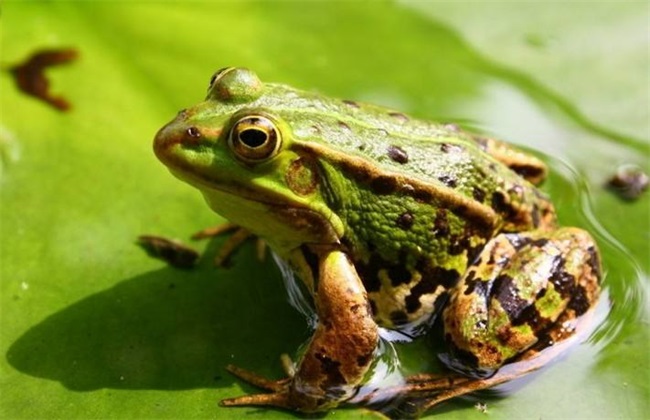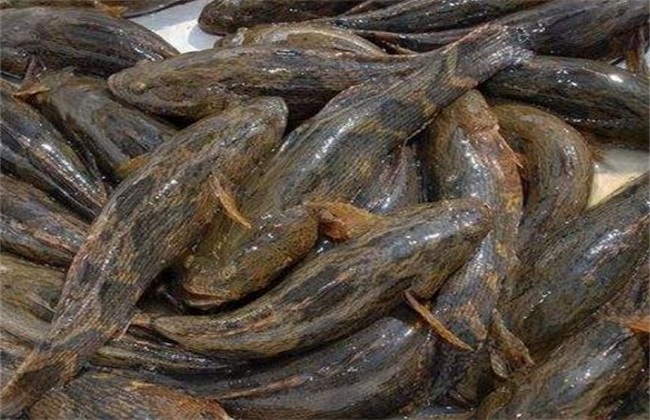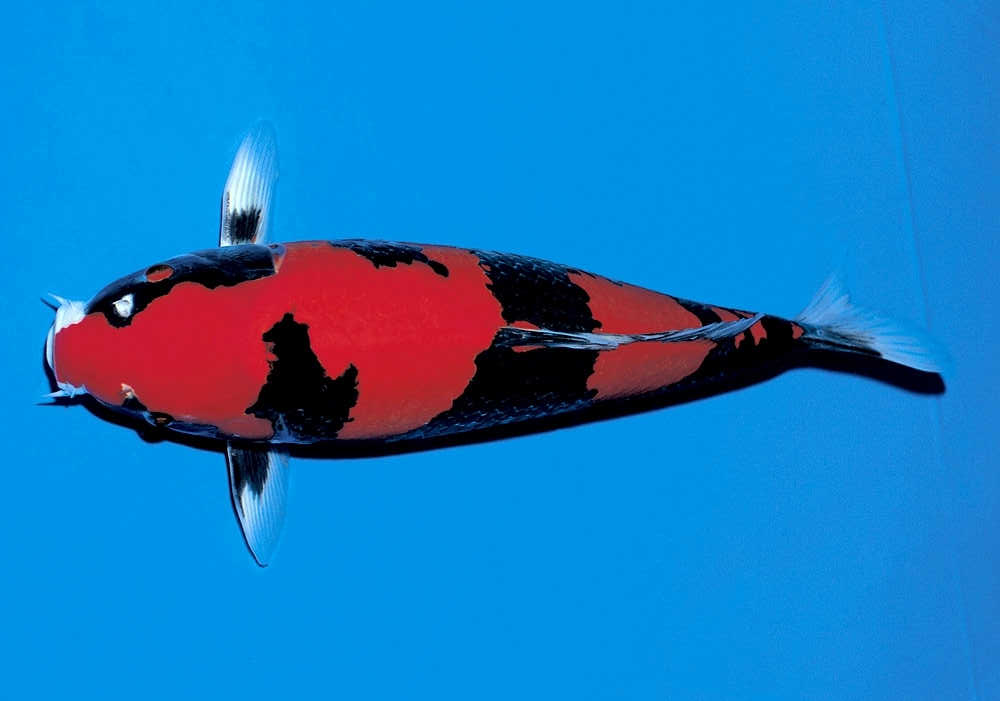Environmental requirements for Rana nigromaculata culture
The black-spotted frog is actually what we call frogs in our lives. The black-spotted frog is a beneficial creature that can feed on pests. Therefore, the state explicitly forbids the capture of wild black spot frogs. Therefore, the black spot frogs on the market are mainly farmed, but the environment is also very important when breeding black spot frogs. So the editor today has brought you the environment needed to breed the black spot frog. Let's take a look!

1. Water quality
Water quality is very important to the growth of tadpoles, especially in the tadpole period, the quality of water quality directly affects its survival rate. We should ensure that there is sufficient dissolved oxygen in the water to promote the growth of tadpoles and ensure that tadpoles can metamorphosis successfully. When raising the black spot frog, the water quality standard should be in accordance with the water quality standard of the fishery. Although adult frogs also breathe through the lungs, enough dissolved oxygen will also be of great help to their growth. Then the PH value of the water quality should be controlled at about 7.5, and the salinity should usually be kept below 2.
2. Temperature
Temperature also has a great effect on the growth of black-spotted frog, and the suitable temperature for the growth of black-spotted frog should be controlled at about 25 degrees. The temperature should not be too high or too low. If the temperature is lower than 10 degrees, the vitality of the black spot frog will decrease, and the food intake will be significantly reduced. If it is below 5 degrees, the black spot frog will begin to hibernate. If the temperature exceeds 30 degrees, it will also reduce the vitality of the black spot frog. No matter how high it is, it will cause the black spot frog to die gradually. Therefore, when we are breeding, we must pay attention to the temperature environment of the farm, it is best to be warm in winter and cool in summer, and we should also do a good job in manual temperature control.
3. Humidity
Humidity is water, and the growth of Rana nigromaculata is definitely inseparable from water. The skin structure of the black spot frog is relatively special, it does not have a structure that can prevent water evaporation, so it can only rely on the mucus secreted by the skin surface to maintain the surface humidity. However, this is definitely not enough, so when we choose a breeding site, we must make sure that there is enough water around us and that the water quality is clean enough. When breeding, it is best to create a warm, moist and weedy imitation wild environment for the black spot frog to ensure its growth.
4. Lighting
The growth habits of black spot frogs are rather strange. They are generally inactive during the day and gradually come out to look for food when the sun goes down. So it can be seen that the black spot frog is more afraid of sunlight and can only bear a little scattered light. However, breeding black-spotted frogs also need to provide a certain amount of light to promote the growth of black-spotted frogs, improve the reproduction rate and strengthen metabolism. If the black-spotted frog is in the dark for a long time, it will seriously affect the gonad development of the black-spotted frog. The maturity time is delayed, and in severe cases, the black spot frog will stop producing semen and ovulation.
The above is a brief introduction to the environment needed to raise the black spot frog. The environmental control of breeding black spot frog is very important, which affects the growth of black spot frog, so we must pay more attention to it. That's all for today's introduction. This article is for reference only. I hope it can be helpful to all of you.
- Prev

Culture techniques of Bamboo shoot Shell Fish
Culture techniques of Bamboo shoot Shell Fish
- Next

What's the problem with the slimness of the koi? here comes the koi. After 14 years, the Japanese koi swam into Ningbo.
Koi is here | after 14 years, Japanese koi swam into Ningbo and spread so many koi. Is this the first reaction when you see koi? Don't rush to transfer the editor to talk about the koi. Koi is known as the king of ornamental fish in the world, the Japanese koi.
Related
- On the eggshell is a badge full of pride. British Poultry Egg Market and Consumer observation
- British study: 72% of Britons are willing to buy native eggs raised by insects
- Guidelines for friendly egg production revised the increase of space in chicken sheds can not be forced to change feathers and lay eggs.
- Risk of delay in customs clearance Australia suspends lobster exports to China
- Pig semen-the Vector of virus Transmission (4)
- Pig semen-the Vector of virus Transmission (3)
- Five common causes of difficult control of classical swine fever in clinic and their countermeasures
- Foot-and-mouth disease is the most effective way to prevent it!
- PED is the number one killer of piglets and has to be guarded against in autumn and winter.
- What is "yellow fat pig"? Have you ever heard the pig collector talk about "yellow fat pig"?

